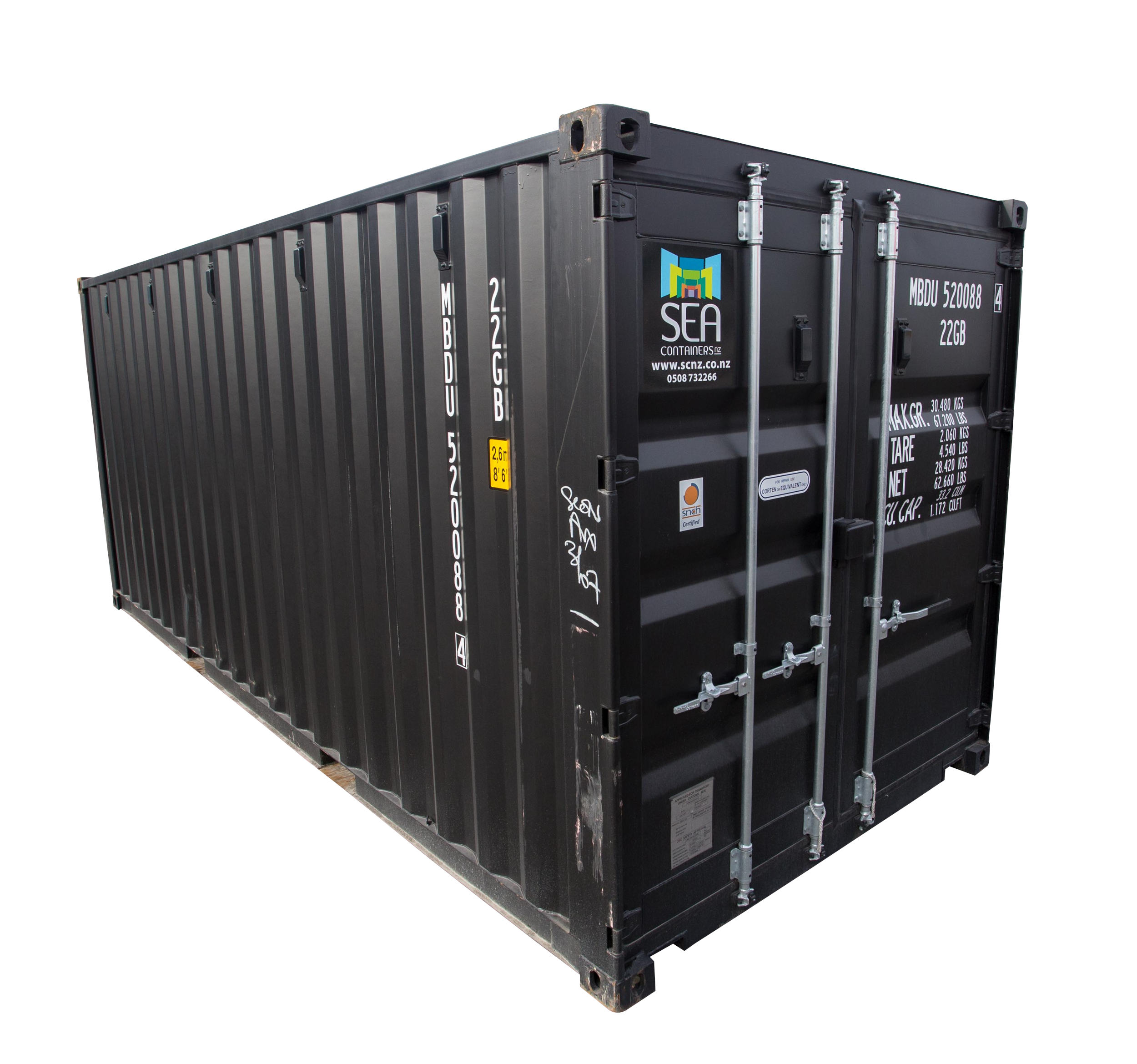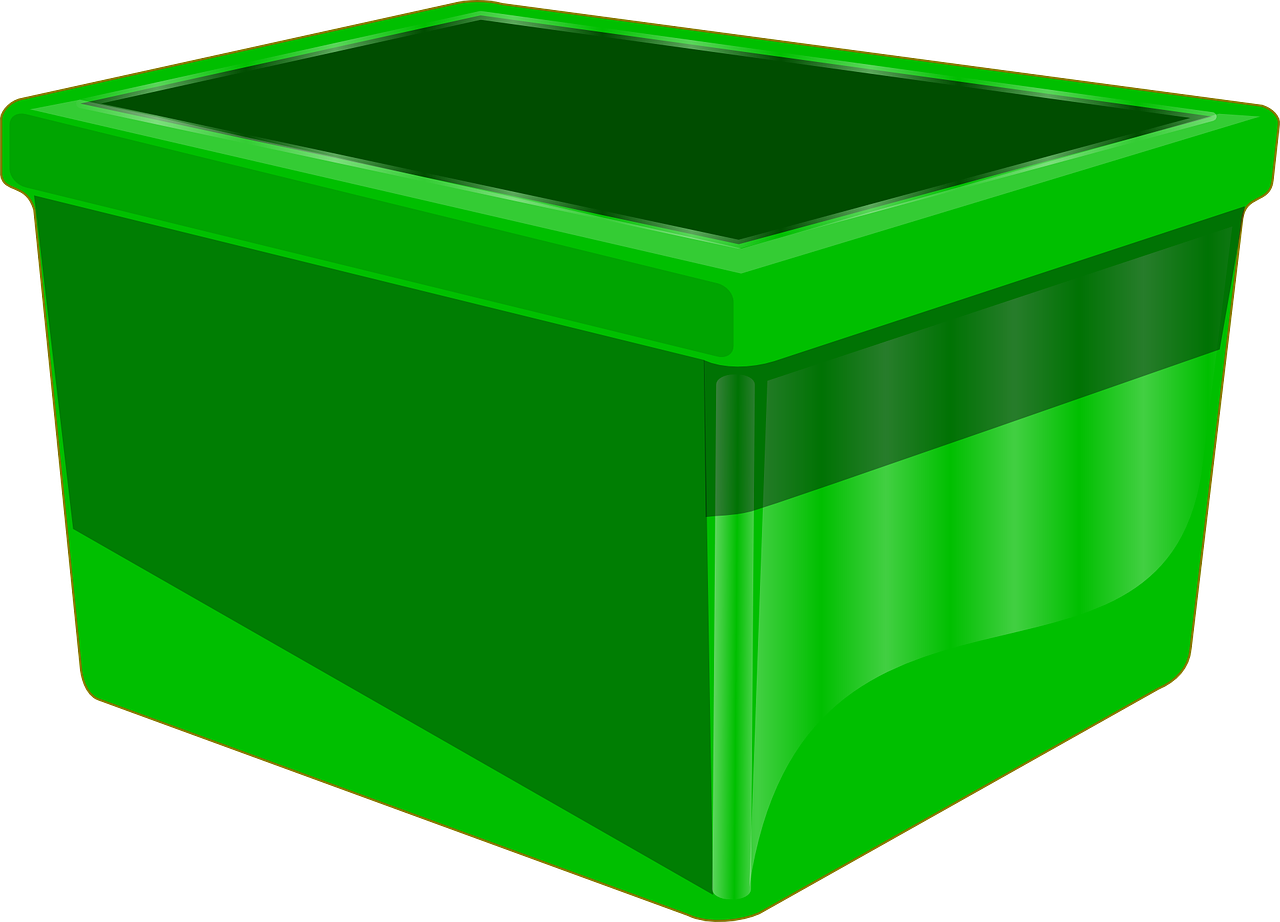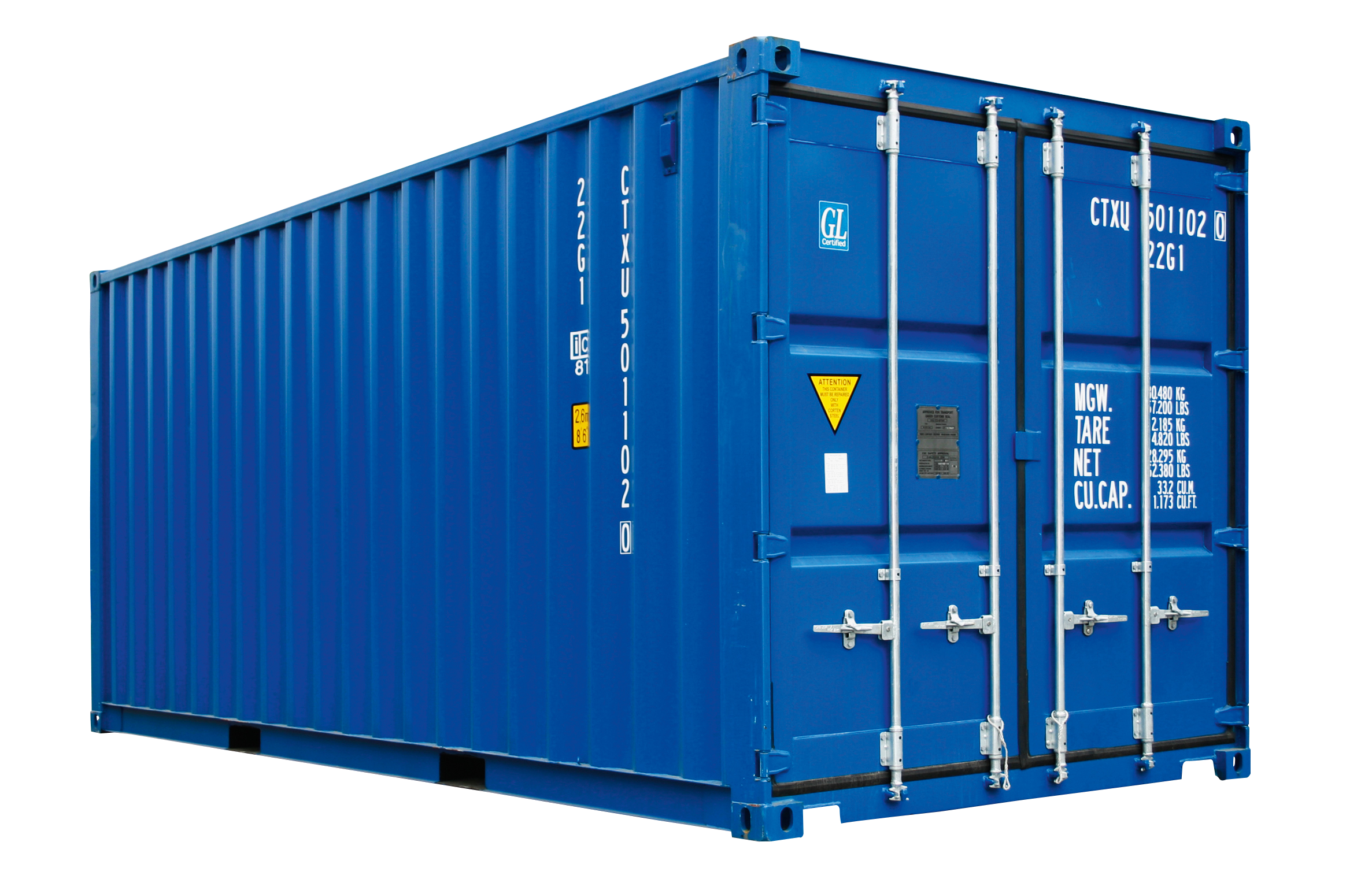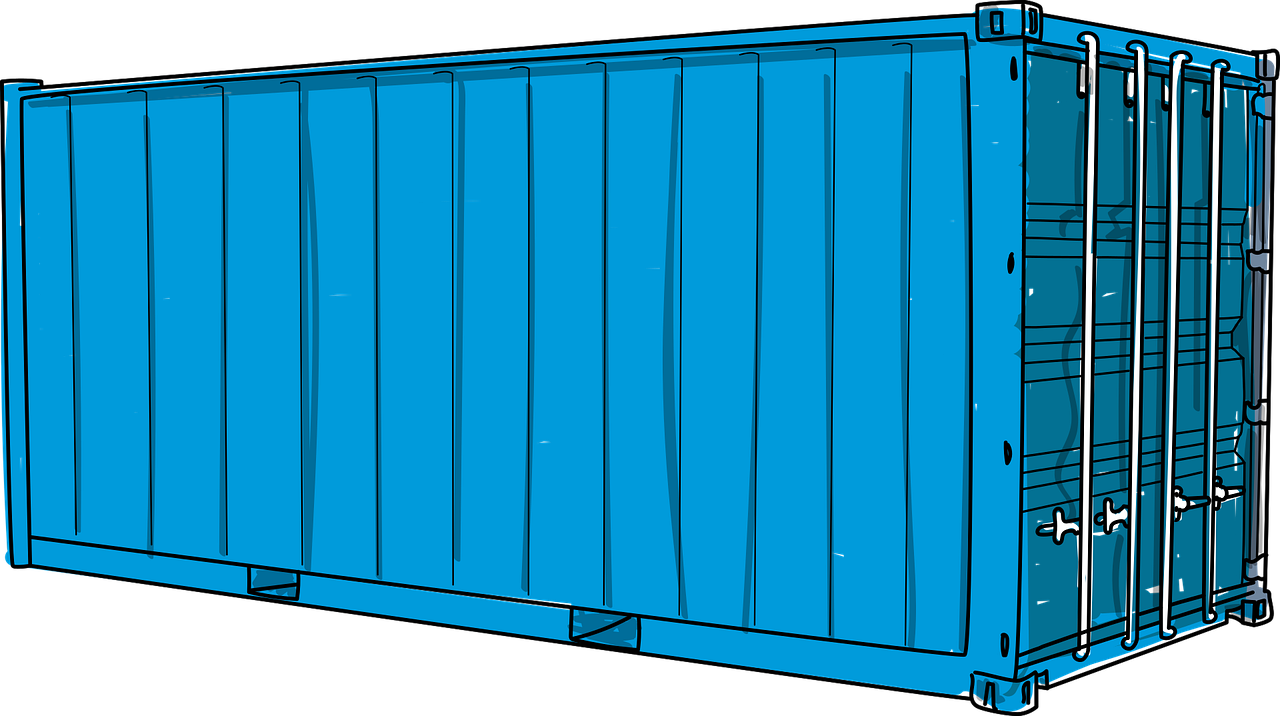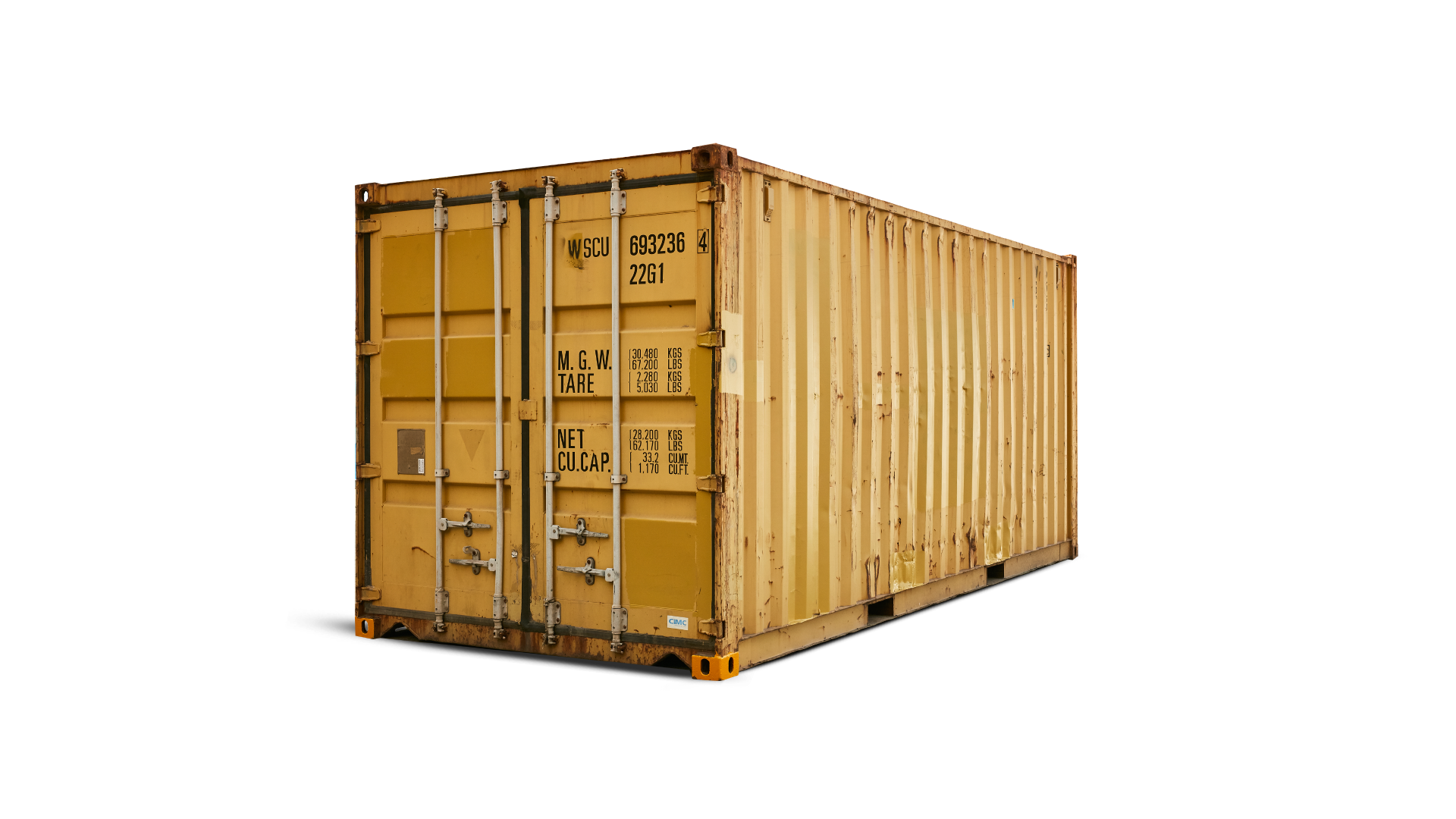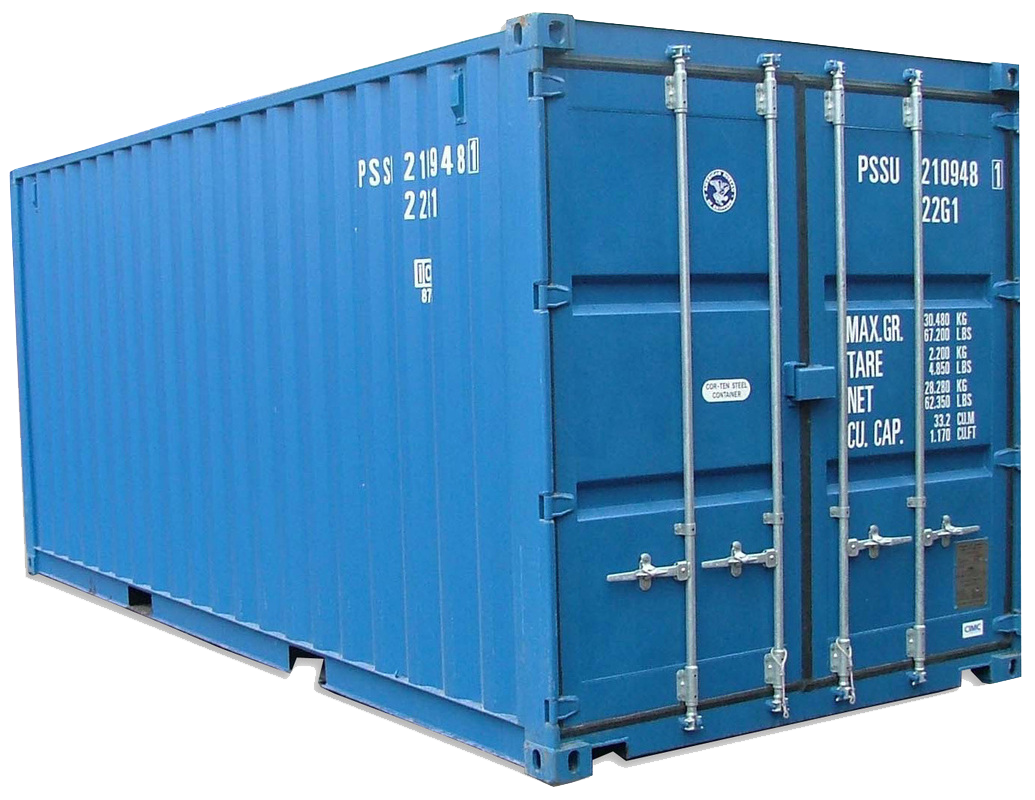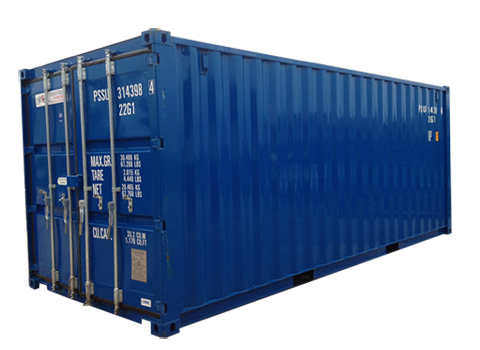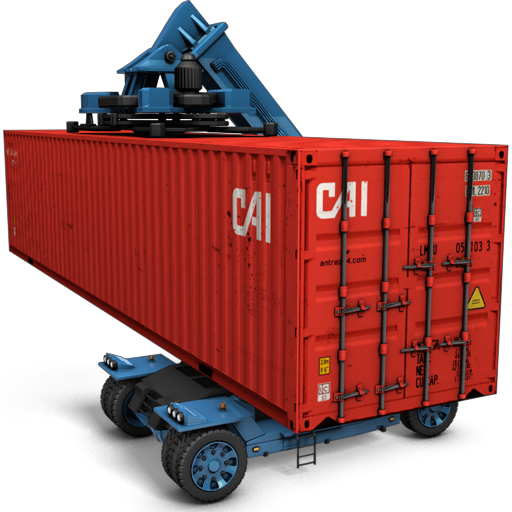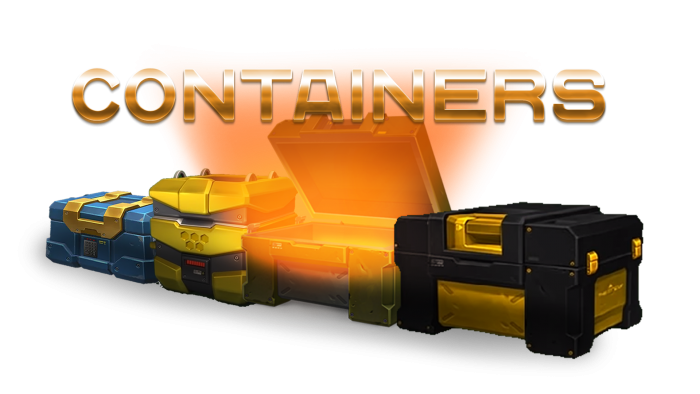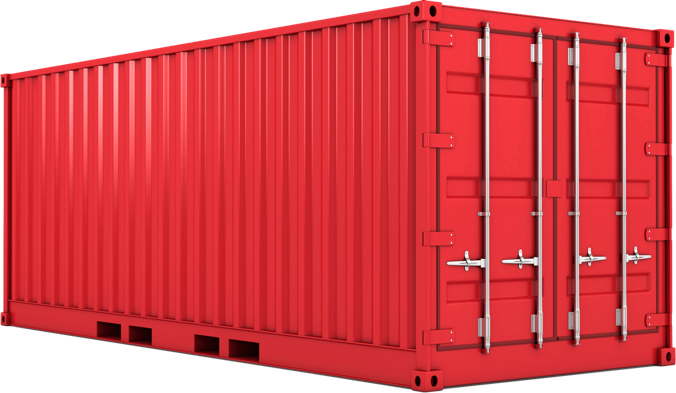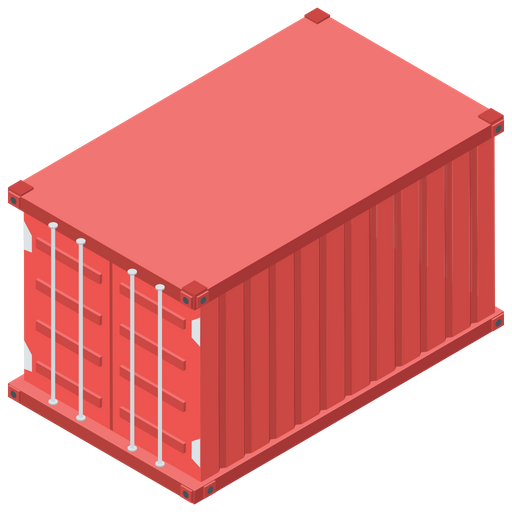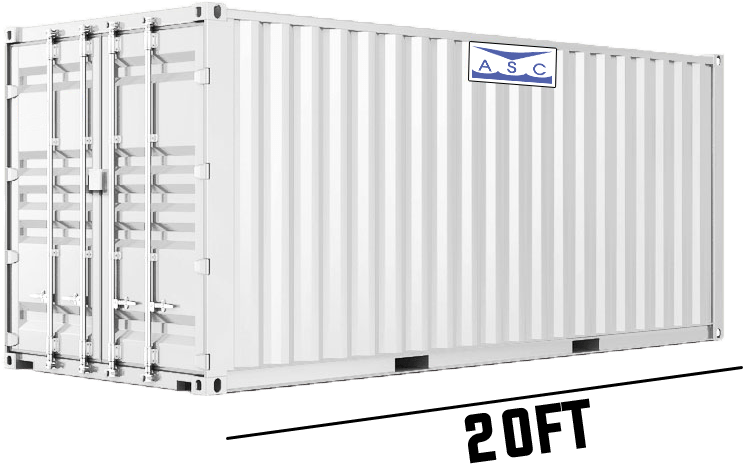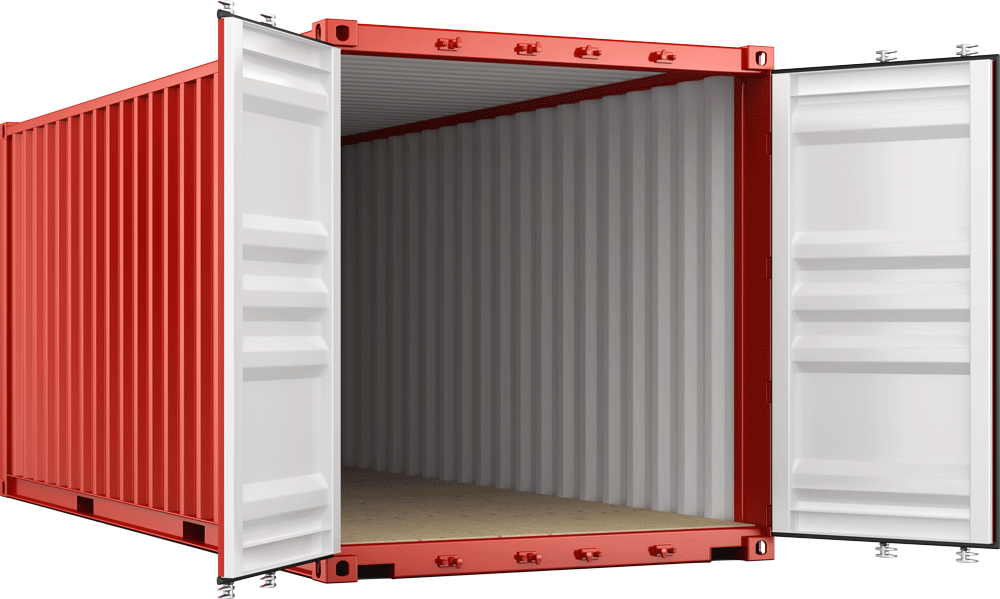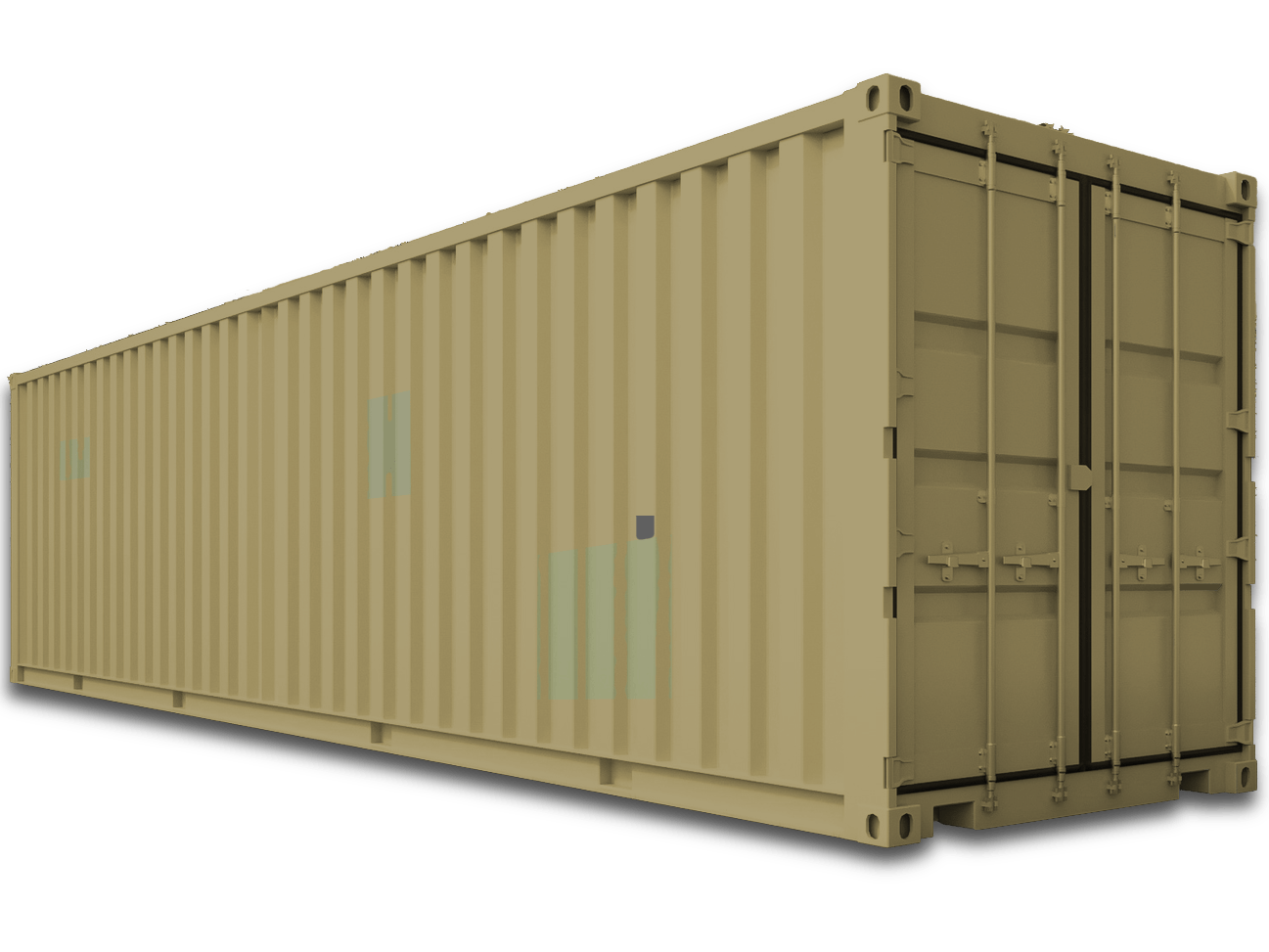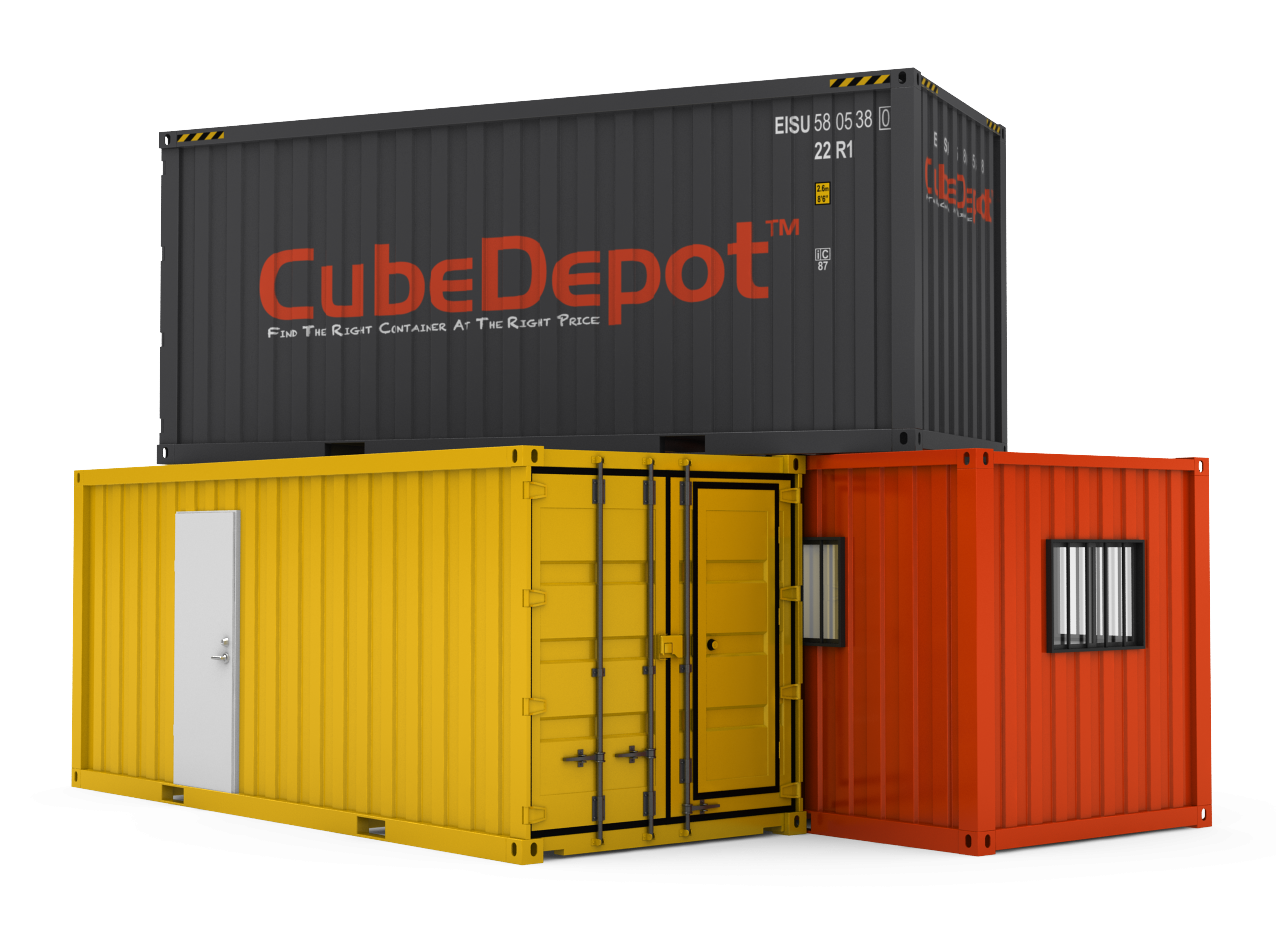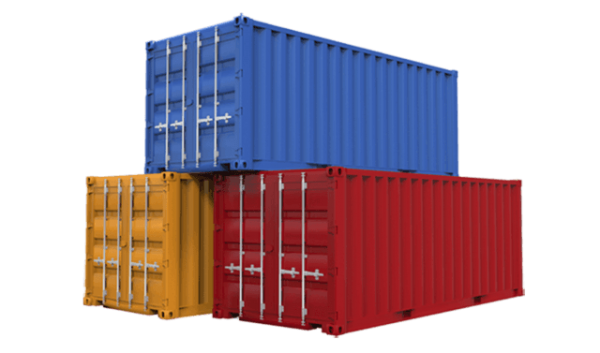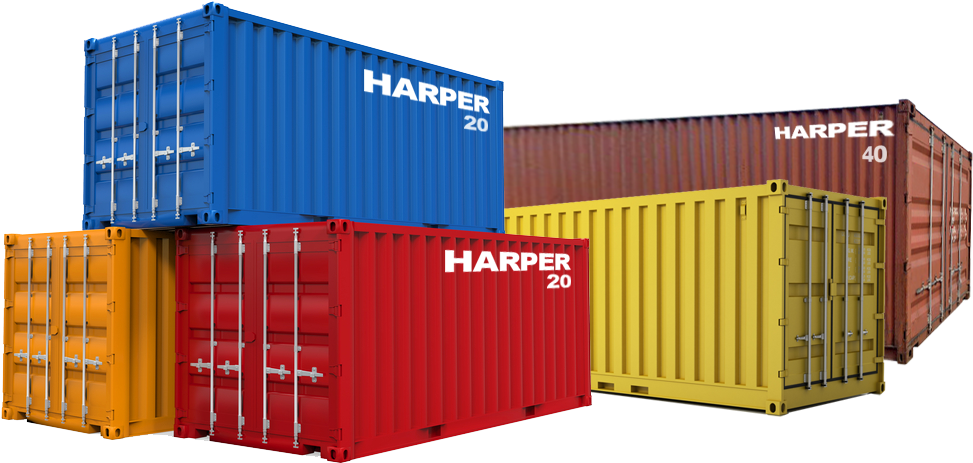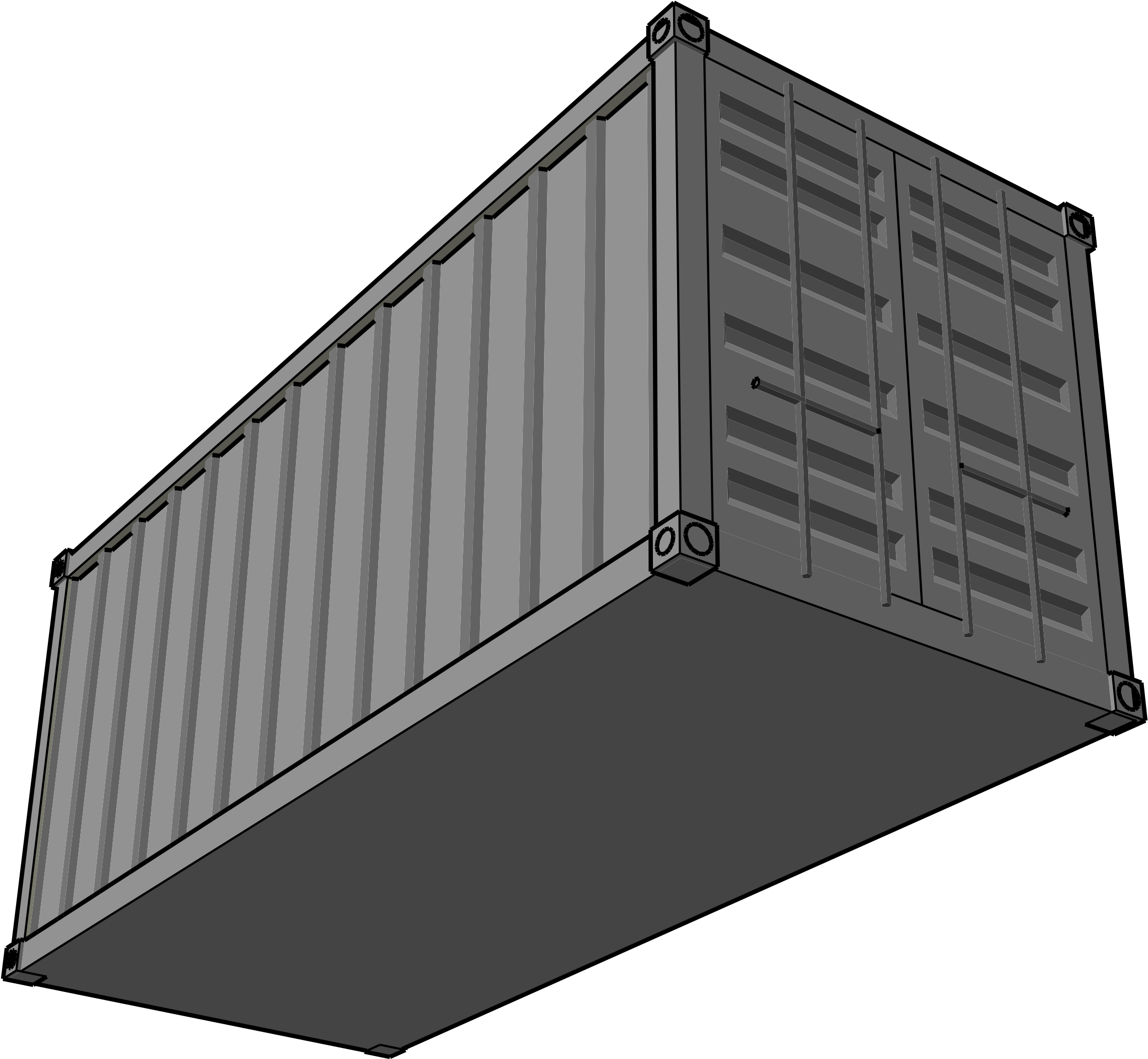Download top and best high-quality free Container PNG Transparent Images backgrounds available in various sizes. To view the full PNG size resolution click on any of the below image thumbnail.
License Info: Creative Commons 4.0 BY-NC
Any receptacle or enclosure for storing a product used in storage, packing, and transportation, including shipping, is referred to as a container. Things maintained within a container are safe because they are contained inside its framework. The phrase is most commonly used to describe devices composed of robust materials that are partially or entirely stiff.
A container is a fundamental tool that consists of any mechanism that creates a partially or completely enclosed compartment that may be used to contain, store, or transport things or materials.
Containers have been used by humans for at least 100,000 years, and maybe millions. The first containers were most likely created to store food, allowing early people to keep more of their food for longer periods of time, transport it more conveniently, and secure it from other animals.
The evolution of food storage containers was “very important to the evolution of human populations” and “a wholly novel behavior” not observed in other primates. The first containers were most likely natural things like hollow gourds, of which rudimentary specimens have been discovered in societies like the Tharu and native Hawaiians. Weaved baskets, carved wood, and ceramics were the next items on the list.
Following that, containers evolved in tandem with relevant improvements in human technology, as well as the development of new materials and manufacturing methods. The Phoenicians were the first to make glass bottles; examples of Phoenician translucent and clear glass bottles have been discovered in Cyprus and Rhodes, with lengths ranging from three to six inches.
It’s assumed that these Phoenician specimens from the first millennium BC were used to store perfume. The Romans acquired glass-making from the Phoenicians and manufactured several beautiful glass bottles, most of which were rather tiny. Retail containers such as glass bottles had become standardized for their markets by the beginning of the eighteenth century.
Philippe de Girard, a Frenchman, arrived to London in 1810 and utilized British trader Peter Durand as an agent to patent his own tin can-making technology. The canning concept was based on French inventor Nicholas Appert’s experimental food preservation work in glass vessels the year before.
Durand did not continue food canning, but sold his invention to two Englishmen, Bryan Donkin and John Hall, in 1812, who improved the technique and product and established the world’s first commercial canning business on Southwark Park Road in London. They began making tin tinned products for the Royal Navy in 1813.
Larger containers remained a problem for the transportation of goods on a larger scale, because customs officials inspecting imports had to contend with a lack of standardization in this field, as well as the fact that the predominantly wooden containers in use well into the twentieth century were prone to leaking or breaking. In the 1950s, the standardized steel shipping container was invented, and it rapidly became the norm for large-scale commercial commodities transportation.
The emergence of computer-aided design around the end of the twentieth century made it feasible to design extremely specialized containers and container groupings, as well as produce form-fitting labels for containers of unique forms.
Download Container PNG images transparent gallery.
- Container PNG Free Image
Resolution: 2500 × 2339
Size: 3573 KB
Image Format: .png
Download
- Container PNG HD Image
Resolution: 1280 × 922
Size: 182 KB
Image Format: .png
Download
- Container PNG Image File
Resolution: 2373 × 1521
Size: 4029 KB
Image Format: .png
Download
- Container PNG Image HD
Resolution: 1280 × 716
Size: 307 KB
Image Format: .png
Download
- Container PNG Image
Resolution: 1920 × 1080
Size: 1002 KB
Image Format: .png
Download
- Container PNG Images HD
Resolution: 1035 × 800
Size: 1544 KB
Image Format: .png
Download
- Container PNG Images
Resolution: 480 × 350
Size: 183 KB
Image Format: .png
Download
- Container PNG Photo
Resolution: 512 × 512
Size: 294 KB
Image Format: .png
Download
- Container PNG Photos
Resolution: 700 × 394
Size: 197 KB
Image Format: .png
Download
- Container PNG Pic
Resolution: 676 × 393
Size: 229 KB
Image Format: .png
Download
- Container PNG Picture
Resolution: 512 × 512
Size: 84 KB
Image Format: .png
Download
- Container PNG
Resolution: 743 × 464
Size: 108 KB
Image Format: .png
Download
- Container Transparent
Resolution: 1000 × 599
Size: 150 KB
Image Format: .png
Download
- Container
Resolution: 592 × 287
Size: 79 KB
Image Format: .png
Download
- Container Background PNG
Resolution: 1297 × 973
Size: 330 KB
Image Format: .png
Download
- Container No Background
Resolution: 1276 × 936
Size: 797 KB
Image Format: .png
Download
- Container PNG Background
Resolution: 600 × 353
Size: 142 KB
Image Format: .png
Download
- Container PNG Clipart
Resolution: 973 × 463
Size: 686 KB
Image Format: .png
Download
- Container PNG Cutout
Resolution: 683 × 322
Size: 443 KB
Image Format: .png
Download
- Container PNG File
Resolution: 2277 × 2101
Size: 559 KB
Image Format: .png
Download
